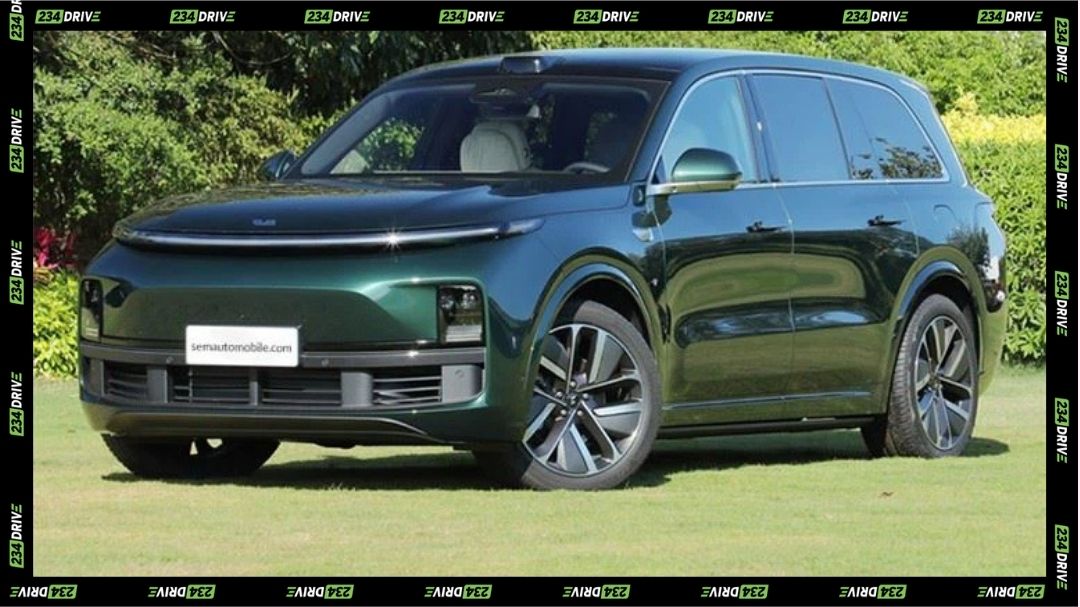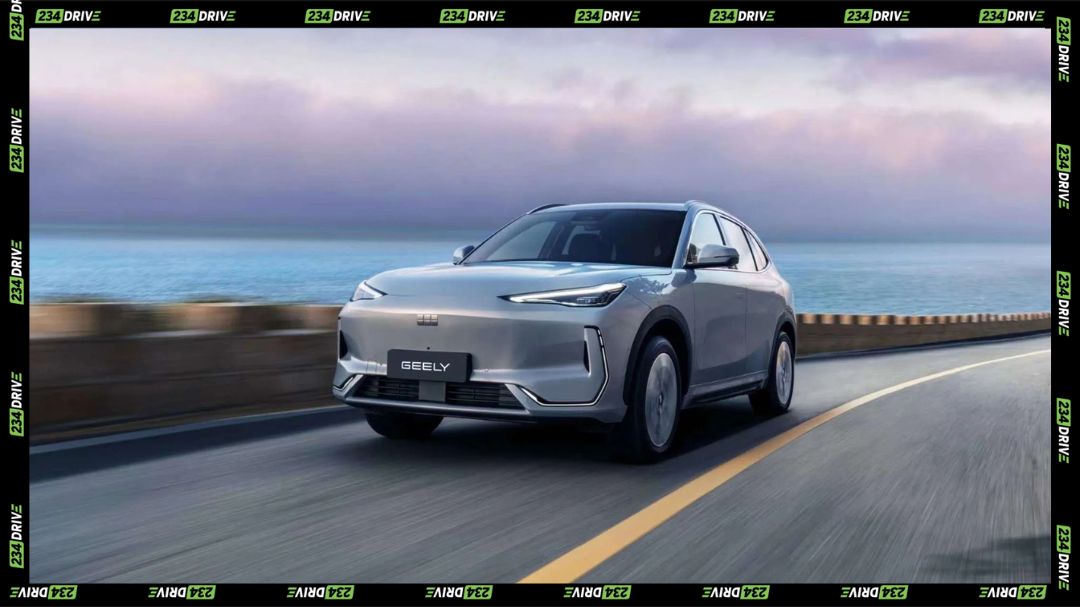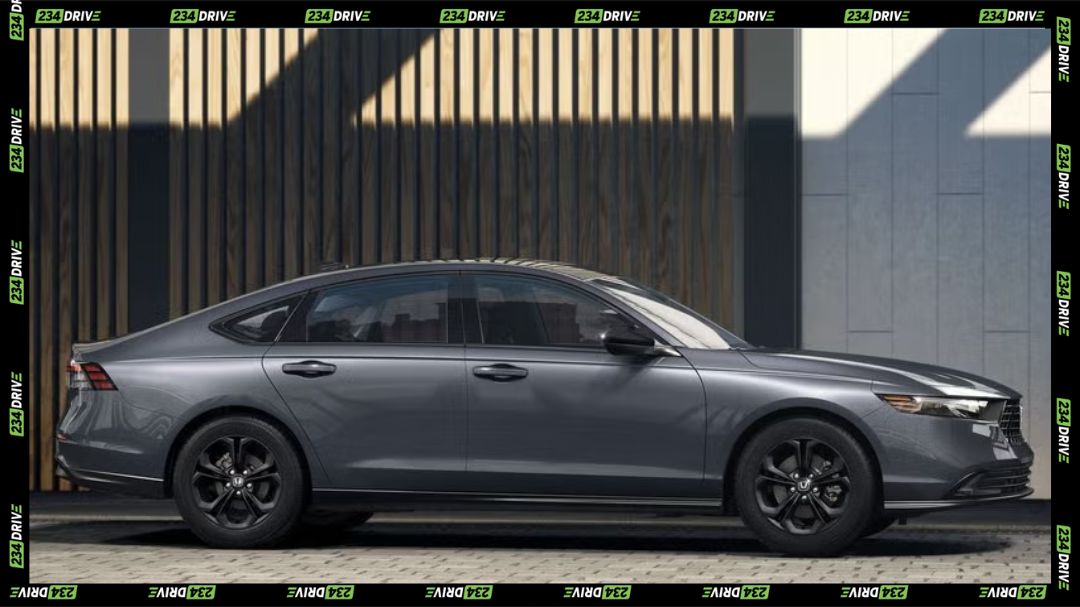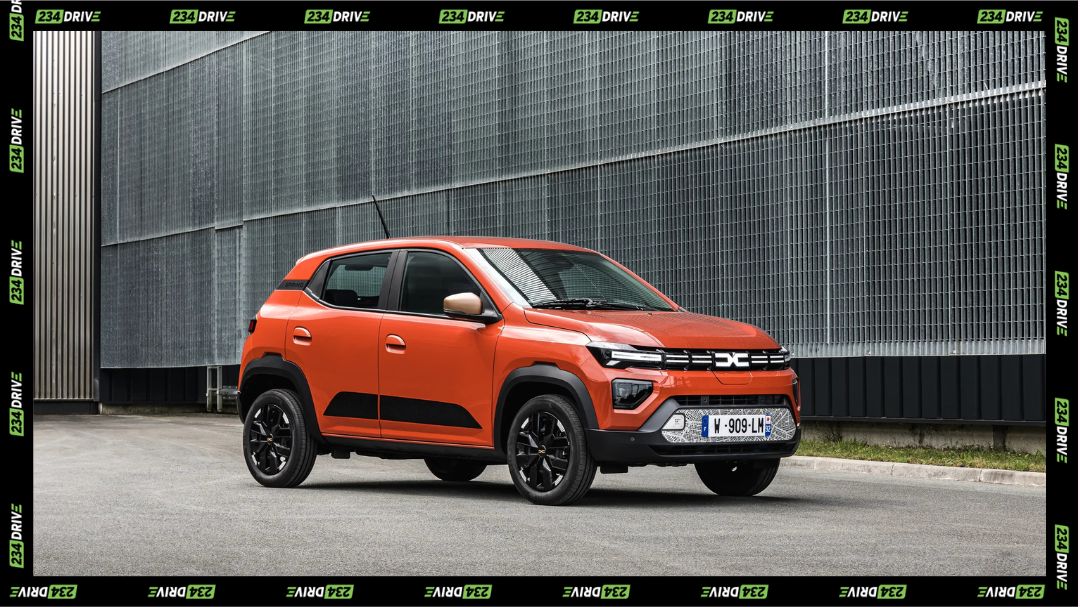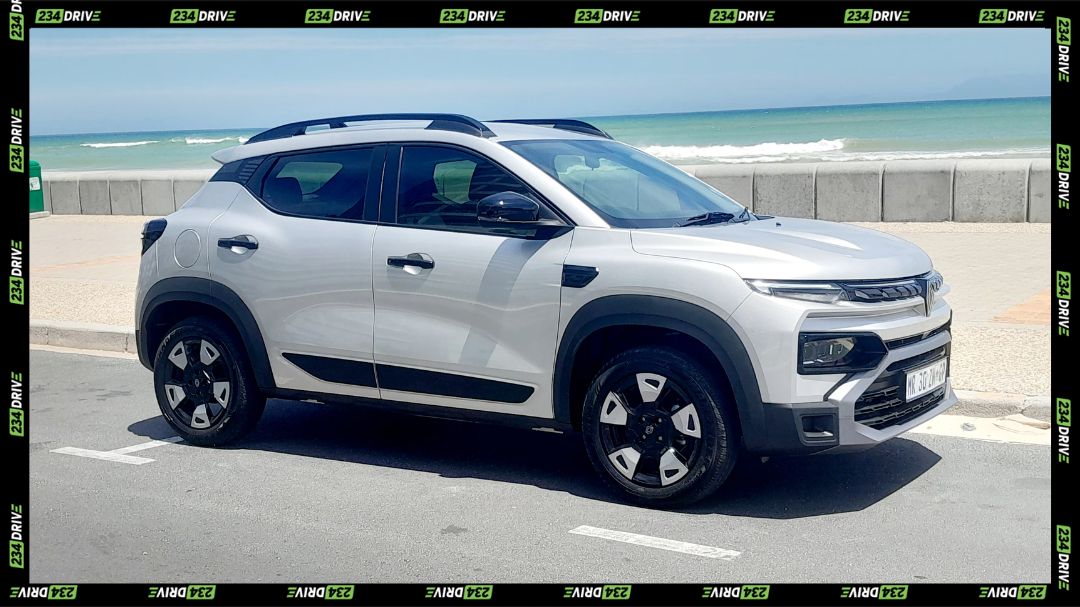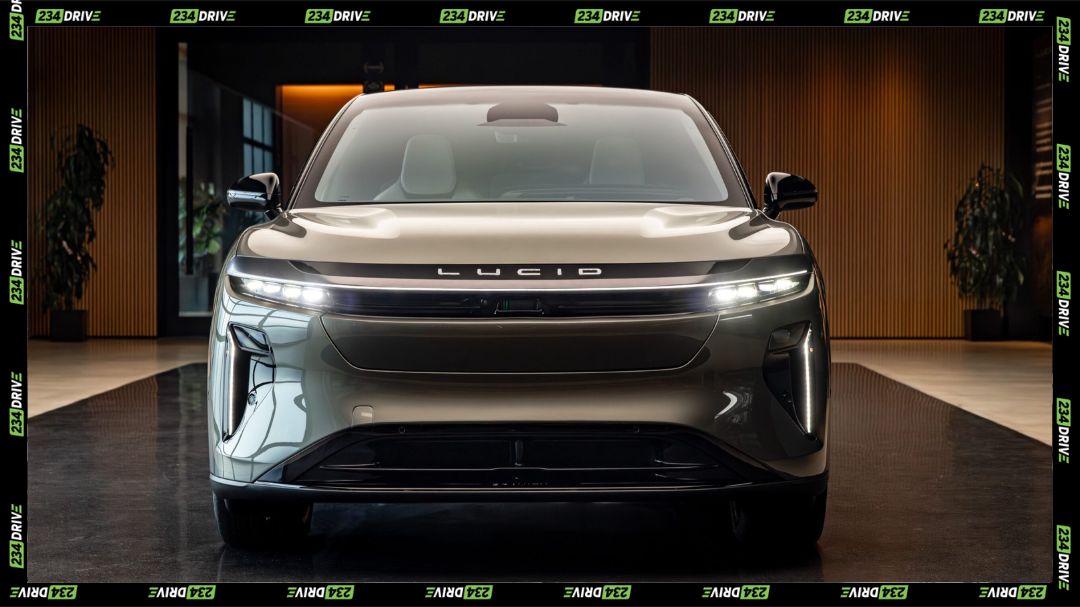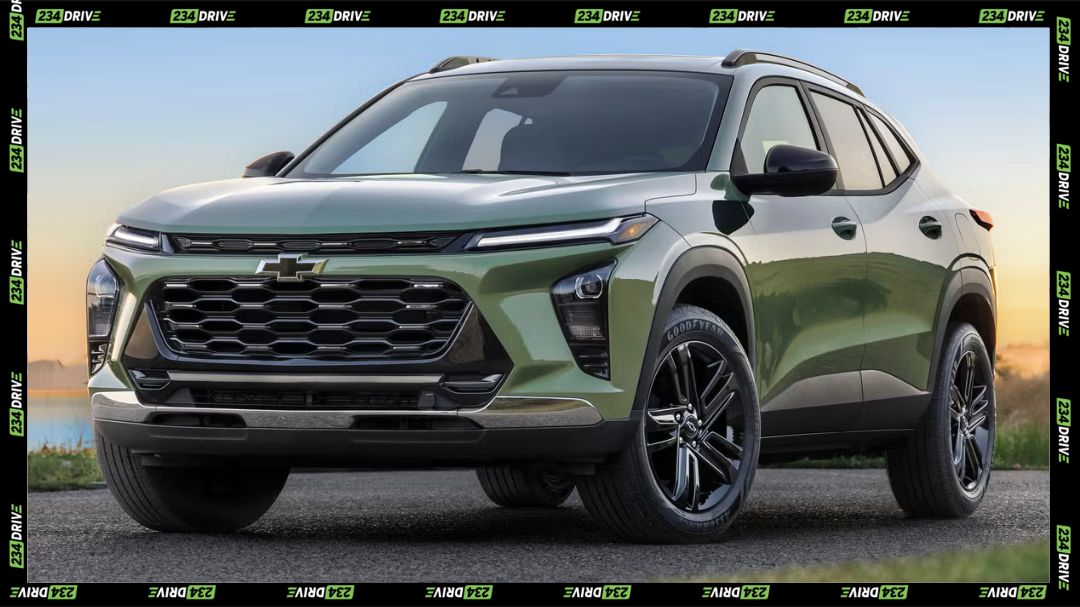So, you’re eyeing a Lexus ES 350, specifically the sixth generation (2012-2018) model? Awesome choice! It’s a sweet ride, no doubt. But before you jump in, let’s talk about the real cost of owning one of these beauties in Nigeria. We’re not just talking about the initial Lexus ES350 price in nigeria; we’re diving deep into spare parts, maintenance, and those pesky common problems that might pop up. Think of it as a peek under the hood of ownership, so you know exactly what you’re getting into.
Exterior Costs: More Than Just a Pretty Face
Okay, let’s break down what it’ll cost to keep your Lexus ES 350 looking sharp.
Front End: Grille, Chrome, and Headlights, Oh My!
The front of your Lexus is the first thing people see, so let’s make sure it’s on point.
- Grille: Expect to shell out around ₦50,000 for a replacement grille. Remember, this is just an average price.
- Grille Chrome Surround: That shiny chrome piece around the grille? That’ll set you back about ₦90,000. Word to the wise: these can be a target for thieves, especially if you park your car outside. Keep that in mind!
- Headlights: A fresh pair of headlights will cost you approximately ₦250,000. If you’re feeling fancy and want the facelifted headlights, you’re looking at around ₦350,000.
Level Up: Upgrading to a 2015 “L Finity” Look
Want to give your ES 350 a more modern vibe? You can upgrade the front end to resemble the 2015 model, which has a distinctive “L Finity” design.
- Parts Needed:
- Headlights
- Bumper
- Front Grille
- Total Damage: This upgrade will lighten your wallet by approximately ₦850,000.
It’s worth noting that some folks skip this generation altogether when upgrading, which is a shame because with a few tweaks this generation ES350 looks great!
Side Mirror: Fold It Like Beckham
That automatic folding side mirror isn’t just cool; it’s also pricey to replace.
- Cost: A single side mirror will run you about ₦300,000. The automatic folding feature is what drives up the lexus es350 price in nigeria for this part.
Doors: Handle With Care
Accidents happen. Or maybe you’re buying a “salvage” car. Either way, here’s what you’re looking at for door replacements:
- Front Doors: Each front door costs around ₦250,000.
- Rear Doors: The rear doors are a bit cheaper, at approximately ₦200,000 each.
Keep in mind that these prices are generally for used doors.
Trunk: More Than Just Storage
The trunk lid (or “boot,” as some call it) is essential for, well, storing things.
- Cost: A replacement trunk lid will set you back about ₦200,000.
Important! This price doesn’t include the taillights. Speaking of which…
Tail lights: Let There Be Light
Don’t forget about the taillights!
- Cost: A complete set of four tail lights (inner and outer) will cost you around ₦400,000.
Rear Bumper: Protecting Your Assets
Bumps and scrapes happen.
- Cost: A new rear bumper will cost you roughly ₦200,000.
Fuel Pump: Keep the Engine Humming
The fuel pump is critical for keeping your engine running smoothly.
- Cost: An electric fuel pump (or “F pump”) can range from ₦250,000 to ₦300,000.
Given the fuel quality in Nigeria, this part can be vulnerable. Consider using octane boosters to improve your petrol quality and protect your fuel pump.
Under the Hood: What’s Going On Under There?
Now, let’s peek under the hood and see what kind of costs you might encounter with the mechanical bits.
ABS Pump: Keeping You Safe
The ABS (Anti-lock Braking System) pump is crucial for safe braking.
- Cost: An ABS pump can range from ₦150,000 to ₦300,000. The price depends on where you get it and whether it’s new or used.
You might also run into issues with the ABS sensors, so keep an eye on those as well.
Steering Rack: Stay in Control
The steering rack is what allows you to steer the car.
- Electric Steering Rack (Complete): A brand new electric steering rack will cost you around ₦600,000.
- Rack Only (Used): If you just need the rack itself and are okay with a used one, you can find them for around ₦150,000 to ₦200,000.
Engine: The Heart of the Matter
Let’s hope you don’t need a new engine!
- Cost: An engine replacement will set you back about ₦1.3 million.
Transmission: Keeping It in Gear
Like the engine, the transmission is a major component.
- Cost: A new transmission will cost you around ₦1.2 million.
AC Compressor: Staying Cool
Nobody wants to sweat it out in Nigerian heat!
- Cost: An AC compressor replacement will cost around ₦270,000.
AC compressor issues are fairly common in this model due to its automatic system. Using the wrong refrigerant gas can also cause problems, so be sure to use the correct type.
Catalytic Converter: Breathe Easy
The catalytic converter helps reduce emissions.
- Cost: A catalytic converter will cost you around ₦350,000.
These are often removed when cars are imported, so you might need to replace it with a genuine part to pass emissions tests or simply to be environmentally conscious.
Overall Reliability: A Solid Choice
The Lexus ES 350 (6th gen) is generally a reliable car. Proper maintenance and timely servicing are key to keeping it running smoothly. One owner shared that in over four years of ownership, the only issue they encountered was an O2 sensor replacement.
Maintenance Costs: Keep It Running Smoothly
Regular maintenance is crucial for keeping your Lexus ES 350 in top shape.
Regular Servicing: The Key to Longevity
- Synthetic Oil Change: A synthetic oil change will cost around ₦90,000. It is highly recommended you get this service performed to increase your vehicle’s life.
- Frequency: Every 5,000 kilometers is the general recommendation.
Oil Change Frequency: Time vs. Mileage
It’s important to change your oil based on both mileage and time. Oil degrades over time, even if you don’t drive much.
- Key Takeaway: Oil expires after 3-4 months, regardless of mileage. So even if you haven’t hit 5,000 kilometers, change your oil every 3-4 months to keep your engine happy.
Synthetic Oil: The Long-Distance Runner
Synthetic oil is more expensive than conventional oil, but it lasts longer.
- Mileage: You can typically go up to 10,000 miles with synthetic oil.
- Time: But remember, the 3-4 month rule still applies!
Preventing Sludge Buildup: Keep It Clean
Regular oil changes prevent sludge formation and engine damage. Sludge is a thick, sticky substance that can clog up your engine and reduce its performance. Changing your oil regularly keeps your engine clean and running smoothly.
Parts Cost Summary
Here’s a quick rundown of the average costs we’ve discussed:
| Part | Estimated Cost (₦) |
| Grille | 50,000 |
| Headlights (Pair) | 250,000 |
| Side Mirror | 300,000 |
| Engine | 1,300,000 |
| Transmission | 1,200,000 |
| AC Compressor | 270,000 |
| Catalytic Converter | 350,000 |
| Synthetic Oil Change | 90,000 |
Disclaimer: These are average prices and may vary depending on the source and condition of the parts.
Common Problems and Solutions
Let’s tackle some common issues you might encounter with your Lexus ES 350.
AC Compressor Issues
As mentioned earlier, AC compressor failures are relatively common. Using the correct refrigerant gas can help prevent these problems. Make sure your mechanic uses the right type of gas!
Fuel Pump Problems
The fuel pump is vulnerable to bad fuel quality. Using octane boosters can help protect it. It’s a small investment that can save you a lot of headaches down the road.
O2 Sensor
One owner mentioned that the O2 sensor was the only problem they encountered in over four years of ownership. This seems to be a relatively common issue.
Now It’s Your Turn
What costs did we miss? Share any other expenses you’ve encountered with your Lexus ES 350 in the comments below! Your experiences can help other owners and potential buyers.




